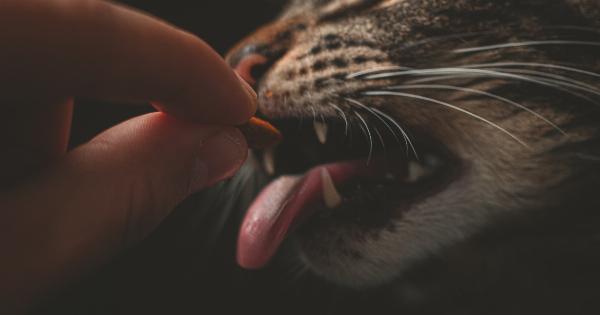Street cats are an integral part of our urban environment and yet they are often overlooked or neglected. These cats roam the streets in search of food and shelter, but without proper care, the life of street cats can be difficult.
However, there are a number of ways in which you can help support the health of street cats in your area.
Provide Access to Water and Food
One of the most basic needs of street cats is access to water and food. Ideally, cats should have a fresh source of water available at all times, whether from a bowl or a running fountain.
When it comes to food, it is important to ensure that the cats are fed regularly, at least once or twice a day. This can be done by leaving out dry or wet food in designated feeding areas in your neighborhood.
Set Up a Feeding Station
If you find that there are many street cats in your area, setting up a feeding station can be an effective way to support their health.
This can be a designated spot where food and water are placed, as well as an area where cats can rest and seek shelter from the heat and cold. A feeding station can be a simple cardboard box or an elaborate structure built from wood or other materials. Feeding stations also help deter strays from foraging in trash, which can lead to disease or injury from scavenging.
Monitor their Health
Keeping an eye on the health of the street cat population in your area is important, especially if you are providing care for them.
Look for signs of illness or injury, such as limping or abnormal behavior, and seek help from a local animal rescue or veterinarian if necessary. Additionally, you may also want to keep an eye on the number of cats in your area, as this will help with effective management of the colony.
Practice Trap-Neuter-Return (TNR)
Trap-Neuter-Return is a proven method to help control the population of street cats in your area. This involves trapping individual cats, having them sterilized to prevent further breeding, and then returning the cats to their colony.
This method not only helps control the population, but also reduces many health risks associated with breeding cycles and aggressive behavior. You may need to work with your local animal rescue or shelter to learn more about the TNR process and resources in your area to implement this.
Provide a Warm and Safe Shelter
Street cats can struggle to find safe and dry shelter; often times they have to brave the cold and rain or extreme heat and sun. By providing them with a warm, dry and safe shelter, street cats can have a place to rest and recuperate.
Shelters will also deter cats from entering dangerous areas such as traffic or places of heavy human activity. You can provide shelter with small cozy spaces, such as an enclosed cardboard box with a hole or a plastic bin with a cut-out entry.
Advocate for the Rights of Street Cats
In addition to providing care for street cats in your area, advocating for their rights is an important part of supporting their health.
This can involve educating your community about the importance of caring for stray or abandoned animals, and working to raise awareness of issues such as animal abuse, neglect, and abandonment. Start a small campaign on social media or organize a local charity event to help raise awareness and ultimately funds.
Donate to a Local Animal Rescue or Shelter
If you are unable to provide direct care for the street cats in your environment, there are still ways that you can help support their health. Consider making a donation to a local animal rescue or shelter that works with street cats.
These organizations often rely on donations to provide food, shelter, and medical care for strays and abandoned animals. The donations can be in the form of a direct donation, voluntary participation in charity events, or monetary contributions that can help fund outreach programs that tackle issues related to street animals.
Closing Words
Street cats play an important role in our urban landscape, and supporting their health and well-being is an important part of being a responsible community member.
Whether it involves providing food, water, shelter, or medical care, there are many ways in which you can make a difference in the lives of these animals. By combining your efforts with those of local animal rescues and shelters, you can help create a brighter future for street cats in your area.































